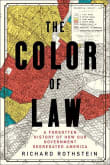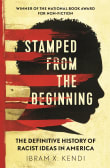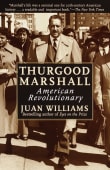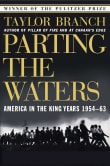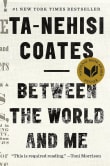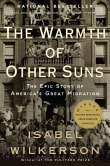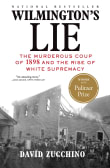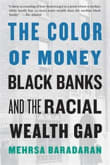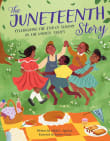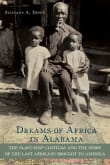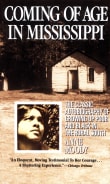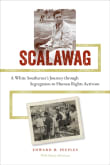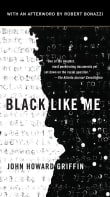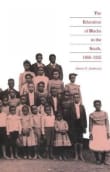Slavery by Another Name
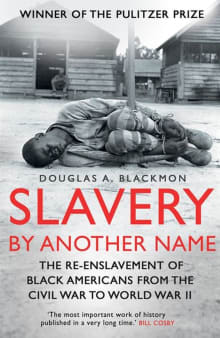
Book description
This groundbreaking historical expose unearths the lost stories of enslaved persons and their descendants who journeyed into freedom after the Emancipation Proclamation and then back into the shadow of involuntary servitude shortly thereafter in “The Age of Neoslavery.”
By turns moving, sobering, and shocking, this unprecedented Pulitzer Prize-winning account reveals…
Why read it?
4 authors picked Slavery by Another Name as one of their favorite books. Why do they recommend it?

I loved this book because it weaves fascinating anecdotes and factual information, including the meticulous tracing of legal documents and procedures, into one of the most important and troubling U.S. history books I have ever encountered.
Most Americans assume that slavery ended in their country in 1865, as the Civil War ended and the Thirteenth Amendment to the Constitution was ratified. Blackmon shows us that, to the contrary, racial slavery in the most awful sense of the term persisted in the South well into the twentieth century, most especially in the form of convict labor in farm work, railroad work,…

The wealth gap between Blacks and Whites in the U.S. is enormous! Whites have 10 times the wealth as Blacks. The disparity is not because Whites are smarter or have worked harder. This book does a masterful job of clearly explaining one of the reasons behind the wide wealth gap.
Most people are aware of the fact that 246 years of slavery was a successful government policy that intentionally enriched Whites while simultaneously impoverishing Blacks. But most people are not aware that a new system with the same dual objectives, followed the abolition of slavery in 1865. This book tells…
From Steven's list on reasons behind the enormous racial wealth gap.

I’ve spent recent years discovering all the American history I never learned in school. Blackmon’s Pulitzer Prize-winning Slavery By Another Name was a major revelation. After the Thirteenth Amendment outlawed slavery, White people found creative ways around it, including convict leasing. Black men, arrested on dubious charges such as vagrancy or breaking curfew, were then leased to employers, such as railroads, mines, and plantations. Conditions were inhumane, even worse than in slave times, because these companies didn’t have a stake in keeping their labor alive.
From Pam's list on that explain America’s systemic racism.

Think slavery ended after the Civil War with the passage of the Thirteenth Amendment? Think again. With painstaking detail, Blackmon recounts how white governments in the South maneuvered to re-enslave the black population after Reconstruction by taking advantage of a loophole in the amendment that made servitude acceptable “as punishment for a crime.” Black codes that criminalized “vagrancy” and a host of other vague offenses were used to funnel black people into a legal system that dispensed them into forced labor for local businesses, with little hope of seeing freedom again. These practices went on, in some cases, well into…
From Ian's list on understanding Black history.
Want books like Slavery by Another Name?
Our community of 10,000+ authors has personally recommended 100 books like Slavery by Another Name.
Browse books like Slavery by Another Name
5 book lists we think you will like!
Interested in African Americans, race relations, and presidential biography?
10,000+ authors have recommended their favorite books and what they love about them. Browse their picks for the best books about African Americans, race relations, and presidential biography.
